An XML file with compromised elements and altered nested structure is of little use. Yet this is a common challenge during file translation.
Fortunately, there are some workarounds that can help you translate XML files without disrupting their formatting.
This guide will walk you through four methods of XML translation:
- A localization management tool
- Manual translation with a notepad
- XML Notepad
- ChatGPT
Each approach offers unique benefits, making it easier to choose the one that fits your workflow best.
But first, a little overview.
What is an XML file?
An XML (Extensible Markup Language) file is a plain text document containing data and tags explaining how the data is organized. XML doesn’t require predefined tags. It’s a simple, structured file format that can be read by both humans and computers.
XML files serve a wide range of purposes. They can act as:
- Data exchange to share information between different applications or websites.
- Configuration files to store settings for software and systems.
- Content management to maintain website content in a structured format.
- Localization files to store strings for translation into different languages.
Basic XML syntax and structure
Think of an XML file as a series of nested boxes. The boxes, called elements, are defined by opening and closing tags. These tags describe the data they contain. Here's a simple example:
<book>
<title>Pride and Prejudice</title>
<author language="english">Jane Austen</author>
<genre>Romance</genre>
</book>
In this example, <book> is the main or root element, containing nested elements for <title>, <genre>, and <author>. The text between the tags defines the specific data for each element.
Two XML components require translation:
- Elements define the data categories (e.g., <title>, <author>). Translators need to understand the meaning of each element to translate the content inside them accurately.
- Attributes provide additional information about elements. They are presented as <element attribute="value">. For example, an <author> element might have a language attribute specifying the author's native language language="english".
How to open an XML file
You can use any text editor or web browser to open XML files. You can also opt for more advanced options like XML Notepad. With XML-specific editors, you will get a tree view, incremental search, configurable fonts, schema validation, and other handy features.
How to Prepare XML Files for Translation
Before starting translation work, make sure your XML files are ready:
- Validate the file: run the XML through a validator to catch any syntax errors or missing tags.
- Check for complete content: ensure all text that needs translation is included and clearly separated from non-translatable code or data.
- Back up your original: save an untouched copy of the original XML file. If something goes wrong, you'll have a clean version to return to.
- Mark what needs translation: identify which elements or attributes contain user-facing text. Keep technical tags and code untouched.
How to Translate XML Files
There are several practical ways to translate XML content, depending on the size of your project and the tools you use:
- Translation tools. Platforms like Centus help manage XML files and preserve structure while making the text easier to translate.
- Plain text editors. For simple files, editors like Notepad work—but you’ll need to be careful not to break the markup.
- XML editors. Programs like XML Notepad give a structured view of the file, making it easier to locate and edit the right sections.
- Manual approach. If the file is small, you can open it directly and translate the visible text. Just make sure to leave the tags intact.
Let’s explore them in detail.
XML translation with Centus
Using a professional localization tool, Centus, you don’t have to worry about file formatting. Centus preserves both XML elements and their hierarchy. What’s more, you can translate XML files without formatting them into XLIFF first.
Just import your file to Centus and enable automatic translation. Then, arrange a manual review by your team’s translators and editors. Let’s see how it’s done:
- Sign up to Centus and create a new project
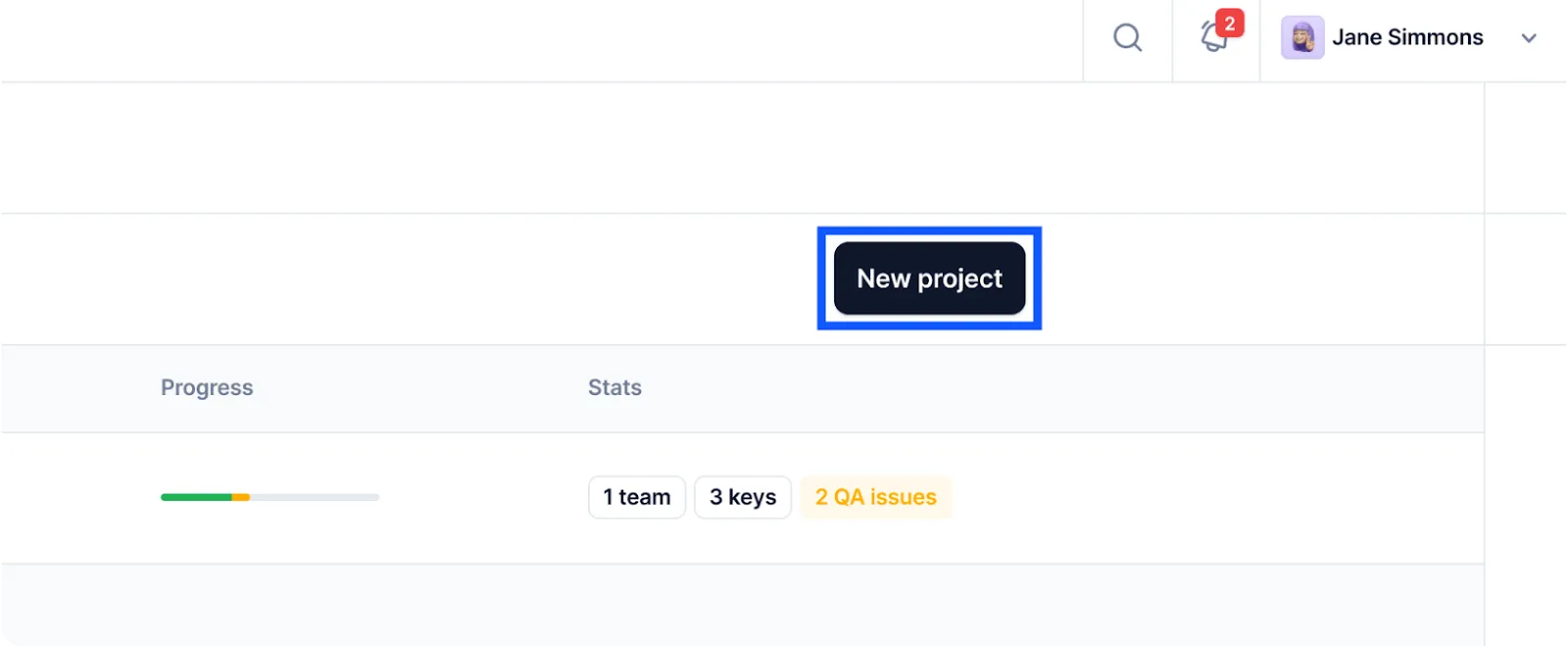
- Navigate to the Imports section and click Select a file
- Upload one or multiple XML files
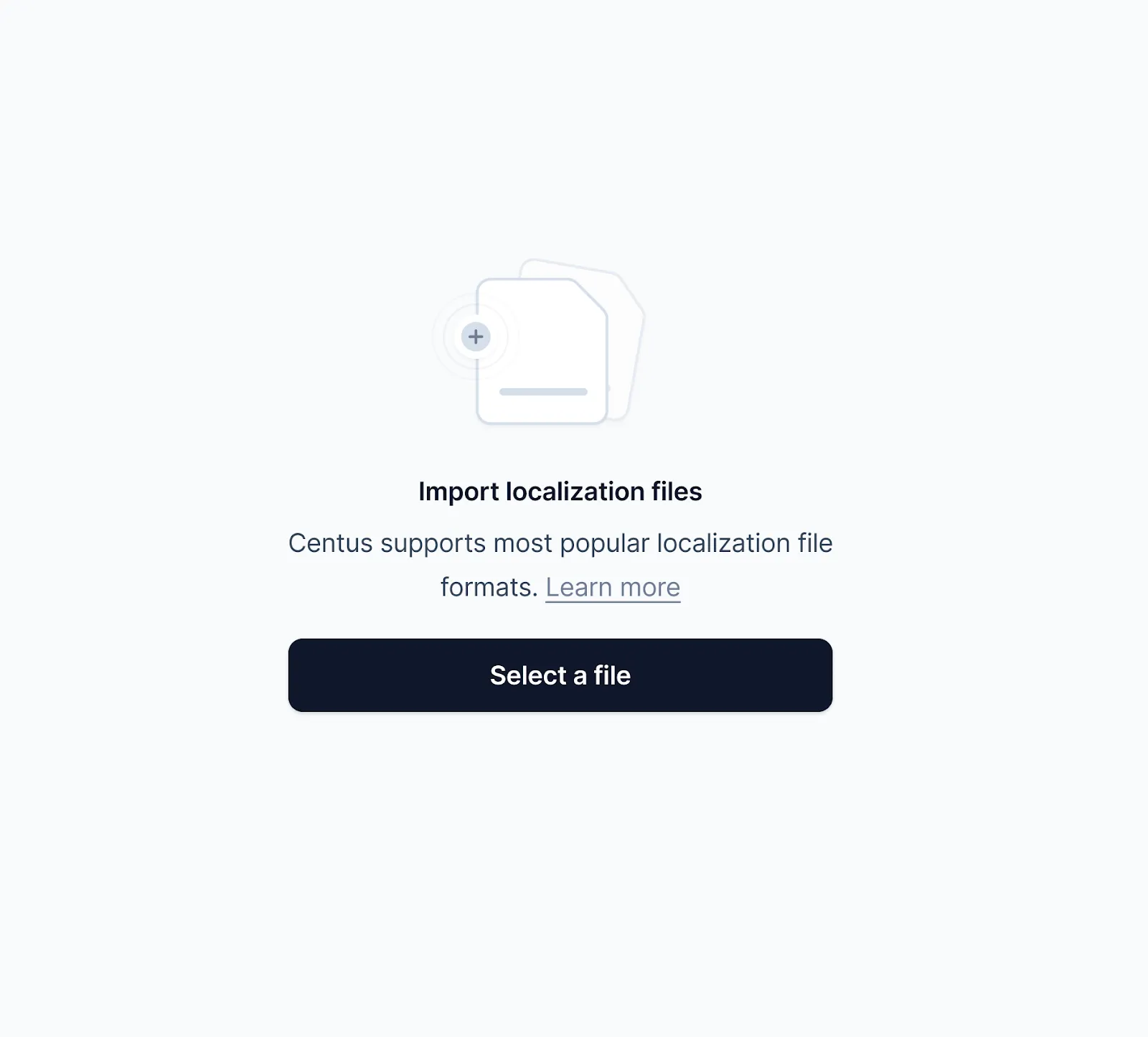
Note: Centus also handles other localization file formats like JSON, YAML, Apple Strings, PHP Arrays, CSV, HTML, and many more.
One of the main perks of using Centus for XML translation is the convenient editor where your translators can work without disrupting tags or file hierarchy. It looks as follows:

In the Editor, you can automatically translate your XML elements with Google Translate, DeepL, or Microsoft Translate. Then, your experts can manually edit translations.
By combining machine and human translation, you can save a lot of time to ship your app faster. More importantly, you can also avoid the occasionally embarrassing translations created by machine translators.
It gets better: multiple contributors can work on your XML file simultaneously. Meaning you can translate your app or software for multiple markets at once. Conventional translation methods can’t compete!
Follow these steps to arrange a manual review by your team:
- In the Contributors section, click Add people to add a reviewer
- Enter the reviewer’s name, email, and other details
- Choose the Reviewer role from the dropdown menu

- Click Add project contributor
- Let the reviewer edit the translations and leave comments

Asking human experts to review translations is an essential step to ensure quality. But you can go even further by enabling automatic QA checks.
Centus can check your XML file to detect these issues:
- Spelling, grammar, and punctuation errors
- Placeholder differences in the source and target text
- Leading and trailing whitespaces
- Bracket differences in the source and target text
- Number differences in the source and target text
- Email address differences in the source and target text
- URL differences in the source and target text
Here’s how to enable automatic QA checks:
- In the Centus dashboard, click More
- Select Settings from the dropdown menu
- Choose QA/Review and select the Warning option
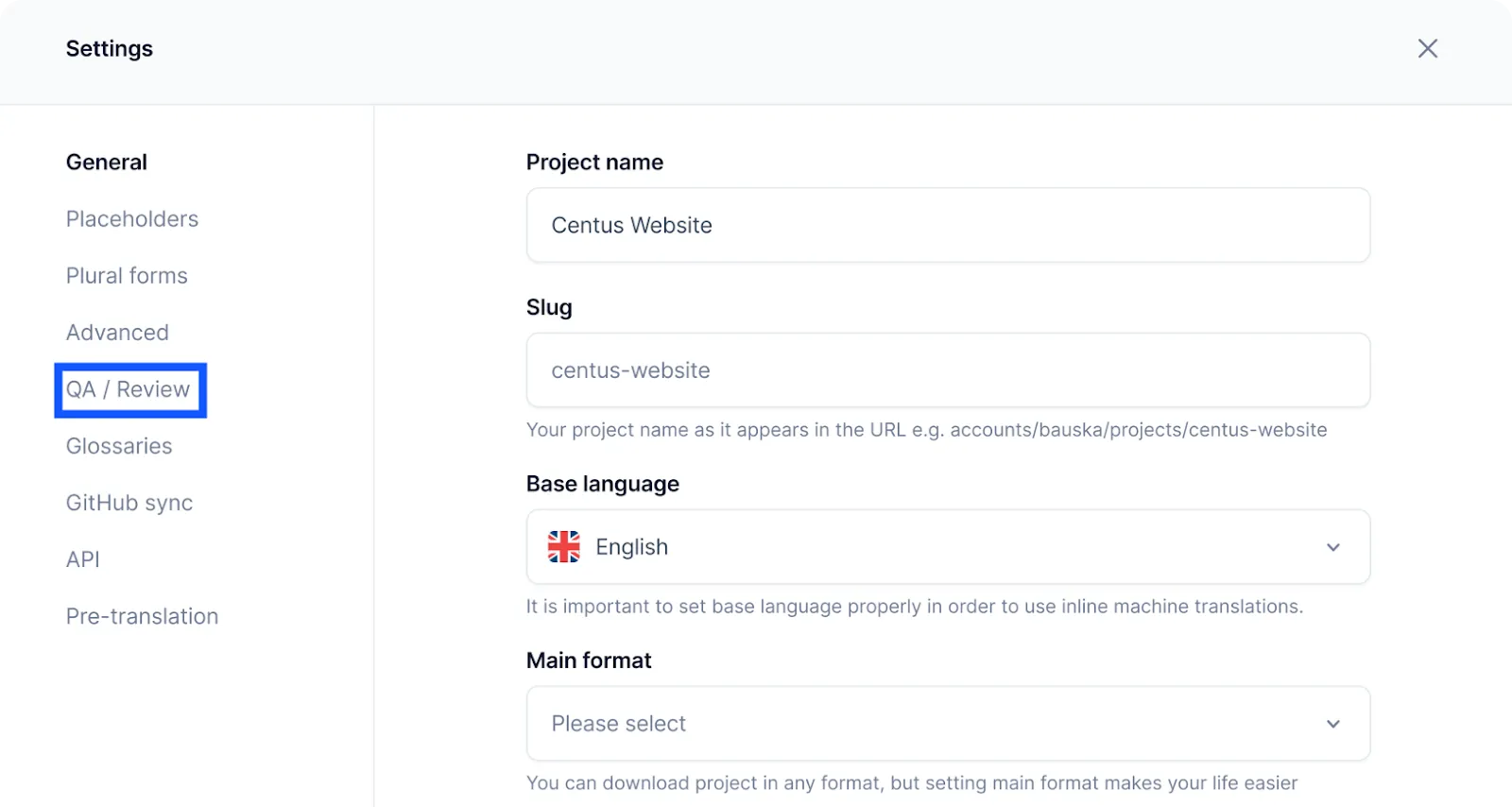
Now return to the Editor and review the detected errors. You can fix them save translated strings or click Ignore to close the warnings.
After you’re done, go to the Download section to download your translated XML file. You can either select among available export options or download it as is. Easy-peasy.
XML translation with Notepad
You can manually translate an XML file in your system’s native notepad. It’s a slow process but can be used for small-scale files in a pinch. Here’s the drill:
- Open the XML file with Notepad
- Copy the text between XML elements. In the example below, copy white text between the following tags: <name> </name>, <description></description>, <price></price>, and <currency></currency>
<catalogue>
<product id="1">
<name>Laptop</name>
<description>High-performance laptop for gaming and work</description>
<price>1200</price>
<currency>USD</currency>
</product>
<product id="2">
<name>Smartphone</name>
<description>Latest model with advanced features</description>
<price>800</price>
<currency>USD</currency>
</product>
</catalogue>
- Translate text using a translator like DeepL
- Paste translated content into the XML file
- Save as a new file
XML translation with XML Notepad
XML Notepad is a free, open-source XML editor developed by Microsoft in 2006. It offers a simple and intuitive user interface for browsing and editing XML documents.
In XML Notepad, your elements are automatically shown in their nested format, separate from the translatable text. So, all you need to do is select your text and translate it.
- Download and install XML Notepad
- Open the file in the XML Notepad
- In the right pane, translate text manually or paste translations from DeepL
- Click Schema validation at the bottom to avoid syntax errors
- Save as a new file
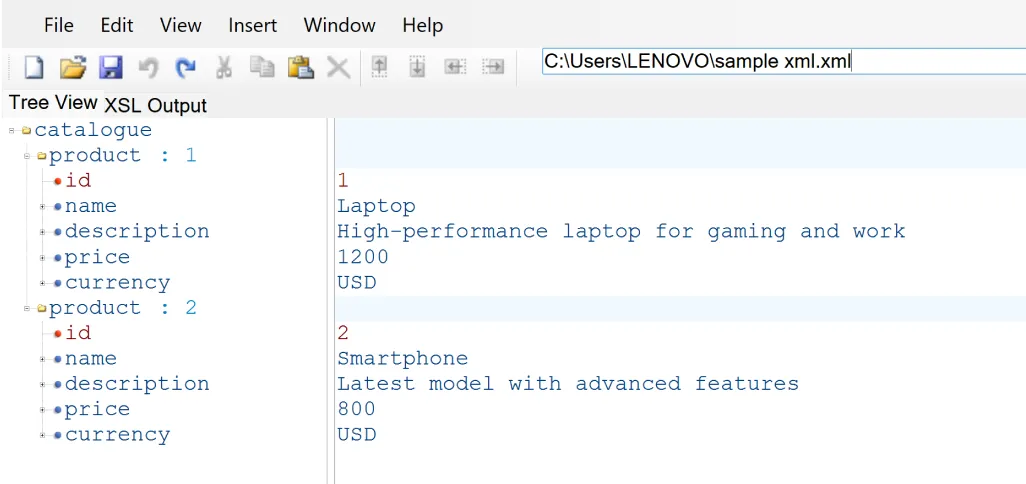
XML translation with ChatGPT
ChatGPT has come a long way. With newer, paid versions like OpenAI’s GPT4 and GPT4o, you can upload documents directly and have them read and translated into another language. However, XML files are trickier.
Use this workaround to translate string XML online with ChatGPT:
- Copy the contents of your XML file into ChatGPT or upload the file directly

- Enter the following prompt:
Translate the following text into [Target Language]
Preserve the original XML structure, leaving the tags like <title>, <description>, etc. untranslated.
[Paste content here]
For paid versions of ChatGPT, add the following:
Export the translated file as an XML file.
- Run the prompt
- Copy the translated content or save the exported file
While inarguably simple, this method has several drawbacks:
- Limited accuracy and structure: ChatGPT is not optimized for XML translation, and the results might require significant editing. It can be inaccurate, and may even forget to translate multiple XML elements.
- Data security: If your XML file contains sensitive information, avoid using ChatGPT due to potential security risks associated with sharing data with LLMs.
- Token limits: You might need to split your large XML files into multiple parts due to input and output token limits.
As you can see, while ChatGPT is a nifty solution for XML translation, it’s not advisable for professional or large-scale XML translation.
Choosing the best XML translator
The best XML translation method depends on your project's needs and resources.
- For small projects, a text editor, ChatGPT, or XML Notepad can be a starting point.
- For large professional projects where accuracy and speed are crucial, use a localization management platform, like Centus.
Using Centus, you can bulk translate your XML files and arrange their manual review by your team’s experts. Your experts can work simultaneously on multiple files, allowing you to deliver your project faster.
Intrigued? Find out more about our developer-friendly software translation tool!
Get the week's best content!
By subscribing, you are agreeing to have your personal information managed in accordance with the terms of Centus Privacy Policy ->
Keep learning
21 min. read
Software Localization Guide for Developers
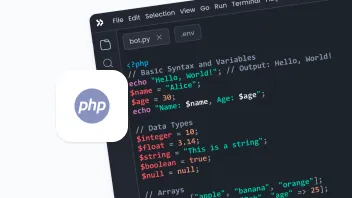
15 min. read
PHP Localization: A Developers Guide to PHP i18n
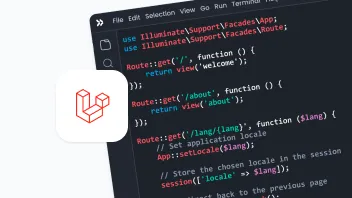
19 min. read
Laravel Localization: A Step-by-Step Guide
3 min. read
How to Perform TXT File Translation Fast
22 min. read
Spring Boot i18n and Localization Guide
7 min. read